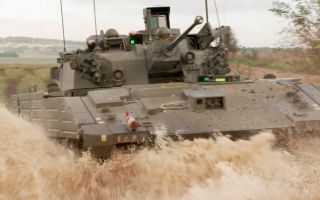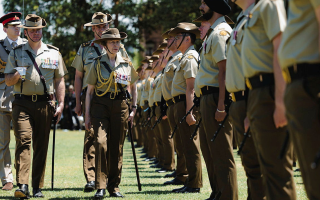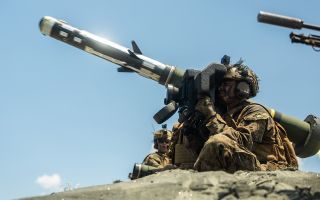Autonomous minehunters detect and destroy – without putting sailors' lives at risk
The Royal Navy has received its first detect and destroy autonomous mine-hunting vessels, and the Senior Service reckons they're a game-changer.
They may look like fairly ordinary work boats – but they're anything but, having been developed by Thales at its Turnchapel Wharf site in Plymouth.
They use AI and sensors to find and eliminate mines, all overseen by a control centre, which can be located either on a ship or on land.
Julie Martin from Thales pointed out how crucial to their success are two yellow payloads.
One is a towed sonar, which offers a world-beating capability for detecting and identifying mines.
She said: "The sonar gives the operator the ability to see what's in the water column and what's on the seabed, so they can actually positively identify the mine.
"The other yellow payload is the remotely operated vehicle, which is deployed by them or deployed from the uncrewed surface vessel.
"The remotely operated vehicle will then go in and neutralise the mine."
The Royal Navy views this as a game-changer, a world away from traditional mine-hunters.
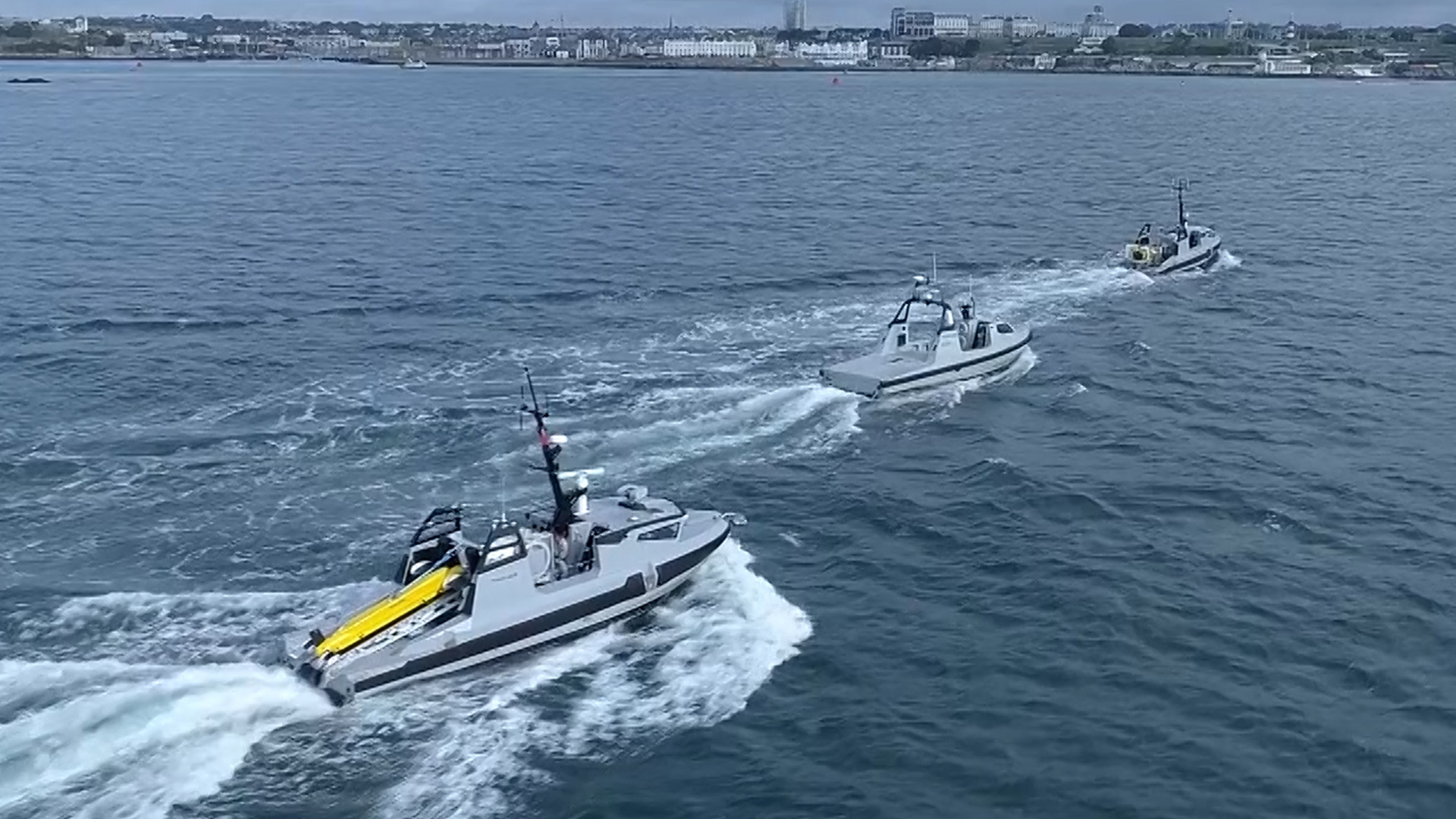
One of the major plus points of these vessels is that they keep Royal Navy sailors safer.
David Hunkin, a former Royal Navy commander who helped develop the vessels, said: "Traditionally, mine countermeasures was done from a ship, which would have in the region of 50 sailors on board.
"We can now conduct mine warfare with autonomous systems, which are unmanned and uncrewed, therefore keeping people away from harm's way and out of minefields."
Although autonomous, there are safeguards to make sure nothing goes wrong and the command centres can intervene and take control if they need to.
The first vessels have now been handed over to the Royal Navy, and 200 jobs will be supported by the project in the UK.
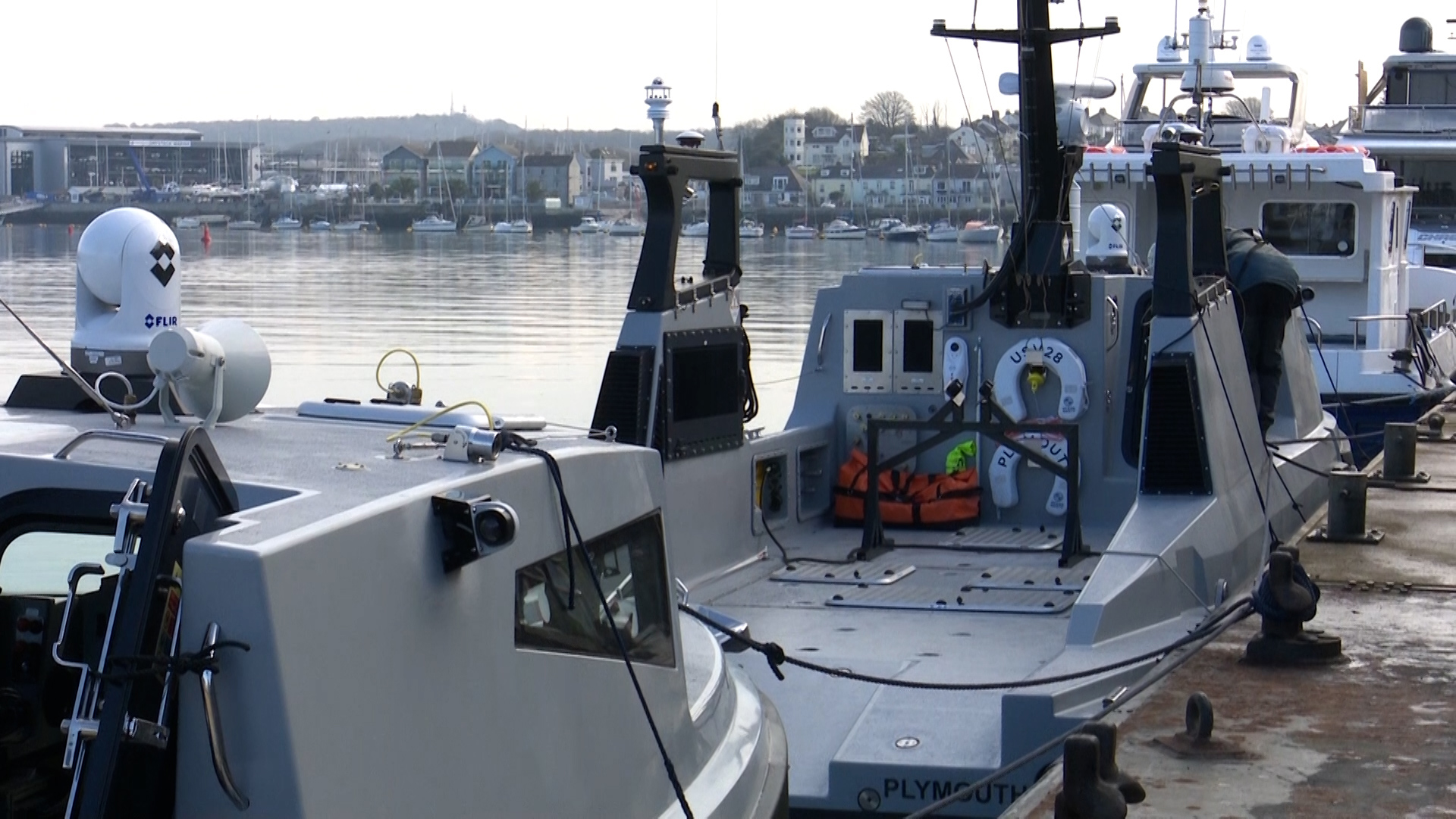
Andy Lapsley, of Defence Equipment & Support, said: "At the moment we are doing a first phase of the project that's providing three sets of equipment for the Royal Navy.
"In the future we're looking to scale that up to at least six sets."
Keeping shipping lanes free and clear of mines is a crucial part of the Royal Navy's role.
And that job's just leapt forward in technological terms, making the task quicker and safer.

